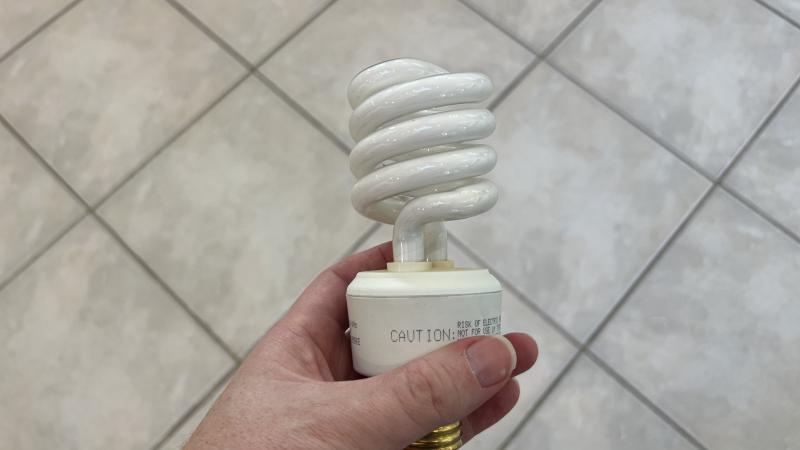As environmentalists push for more dam breaching, impacts from largest U.S. dam removal linger
The first fish in are usually the Chinook salmon, he said, and their numbers are low for this time of year compared to the historic numbers. Coho salmon are usually the second wave. “They should be present, but we’ve not seen any,” Ray Haupt, Siskiyou County supervisor, said.
Anti-dam activists have been gaining a lot of traction. According to activist group American Rivers, 80 dams were removed in 2023, which was up from 65 the previous year.
Among the dams removed this year were four dams along the Klamath River, a 257-mile long river in southern Oregon and northern California which saw the largest dam removal project in U.S. history. The removal created a sediment plume that extended two miles into the Pacific Ocean, reportedly killing large amounts of fish in the river, and impacting other wildlife in the area.
Siskiyou County Supervisor Ray Haupt told Just the News that such impacts continue to linger. Initial fish reports have some “pretty low numbers,” but this year’s population counts won’t be known for another month.
Snake River
The Biden-Harris administration last year negotiated an agreement with plaintiffs who are suing for the removal of four dams on the Snake River. Critics say the negotiations were carried out without full public participation of stakeholders, and it seeks to provide a policy path for breaching the dams.
In September the Department of Energy announced it was launching a study to explore how “replace the power and services provided by the four Lower Snake River Dams should Congress authorize removal.”
There are more than 400 dams on the Columbia River Basin, and more than half of those generate hydroelectric power. As a result of all the hydroelectric power in the Pacific Northwest, Washington state has the lowest electricity rates in the county. The four dams on the Snake River supply 3,000 megawatts of baseload carbon-free electricity, but the Biden-Harris administration’s agreement explores how to replace all that with intermittent and expensive wind and solar.
Jim Matheson, CEO of the National Rural Electric Cooperative Association, said in a statement on the study that the association “will be very aggressive in advocating for the dams.”
Salmon
One of the main drivers for pro-breaching advocates is the protection of salmon. Todd Myers, vice president of research for the Washington Policy Center, writes that, despite environmentalists’ forecasts that Snake River salmon would be extinct by 2017, populations are rebounding. In 2022, salmon returns, which are when fish return from the ocean to their natal streams to reproduce, were up 36% over the 10-year average. This was double the 2021 levels.
One reason for the improvement is that dams incorporate technologies, including fish ladders, that allow the salmon to get past the dam. The ladders have become sophisticated. While the dam stretches across the entire channel, the ladders have ways to attract the fish to them with sounds. The ladders also break the total height into chunks the fish can manage to get up.
Despite the technological advances in dams and the value of hydroelectric power, many environmentalists want to see more dams breached. Haupt, with California’s Siskiyou County, said the work to remove the dams on the Klamath River is complete, and the contractors will be gone by the end of the year.
“The river is still quite muddy,” Haupt said. He also said the few fish reports are showing low numbers, but it’ll be another month before they know more about what’s happening with them.
“The big question — and I don't know the answer to this — is whether or not the fish are delayed in their migration, or we’re at the end of the period where they normally come in and we're just not seeing very many fish,” Haupt said.
The first fish in are usually the Chinook salmon, he said, and their numbers are low for this time of year compared to the historic numbers. Coho salmon are usually the second wave.
“They should be present, but we’ve not seen any,” Haupt said.
Other impacts
Besides the possible impacts to fish populations the dams removal was supposed to help, the contractors’ work also tore up county roads, the wells of many residents in the area are failing, and there’s evidence of land subsidence as a result of drying sediments around Copco Lake.
One rest area along Interstate 5 had to close. Water for the facility draws directly from the Klamath River, and it can’t provide potable water for motorists.
Haupt said that it’s probable that the river will return to normal at some point, with changes, such as the draining of Copco Lake. However, he said protecting salmon populations with dam removal is short sighted and doesn’t consider water-use issues, ocean conditions, predation issues and overfishing from foreign entities — all of which impact salmon populations.
“They think taking dams out on the West Coast is going to cure the salmon problem, but it's a comprehensive problem that needs a comprehensive look. But this just happens to be something that was kind of easy to do,” Haupt said.
The Facts Inside Our Reporter's Notebook
Videos
Links
- American Rivers
- 80 dams were removed in 2023
- 65 the previous year
- created a sediment plume
- negotiated an agreement with plaintiffs
- carried out without full public participation
- Department of Energy announced
- lowest electricity rates in the county
- intermittent and expensive wind and solar
- said in a statement
- writes that
- would be extinct by 2017
- including fish ladders
- had to close















